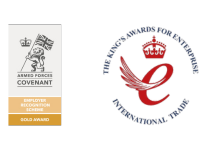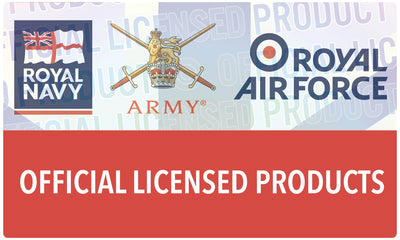Army Air Corps - History
1st September 1957
 The modern Army Air Corps was established on 1st September 1957. It brought together the remaining elements of the Glider Pilot Regiment and the Air Observation Post Squadrons that had been formed in the Second World War and affirmed the Army intention to retain and to develop an aviation arm. Those early years saw much in the way of developing both fixed wing and rotary wing flying. The Joint Experimental Helicopter Unit had see action in the 1956 Suez action. Operation Musketeer had demonstrated the versatility of the helicopter in troop carrying and liaison roles alongside light fixed wing aircraft carrying out reconnaissance and observation.
The modern Army Air Corps was established on 1st September 1957. It brought together the remaining elements of the Glider Pilot Regiment and the Air Observation Post Squadrons that had been formed in the Second World War and affirmed the Army intention to retain and to develop an aviation arm. Those early years saw much in the way of developing both fixed wing and rotary wing flying. The Joint Experimental Helicopter Unit had see action in the 1956 Suez action. Operation Musketeer had demonstrated the versatility of the helicopter in troop carrying and liaison roles alongside light fixed wing aircraft carrying out reconnaissance and observation.
Historically the Army Air Corps looked back to the early days of Army flying and to the experiences of the Glider Pilot Regiment and the Air Observation Post Squadrons, but in terms of development it looked to advances in aircraft technology, spurred on by the necessities of modern operational needs. In the early 1960s the Army Air Corps was operating integrated flights in Armoured, Infantry, Artillery and Logistics units across the Army. The success of those integrated flights, coupled to the need to professionalise aircrew, groundcrew, supply and maintenance led to a centralisation of the Army Air Corps in the early 1970s and the creation of the Regimental system that is familiar today. The Army Air Corps had proved its value in operations across the Far and Middle East, acting in its own right and in support of ground formations. Its utility and mobility gave it a relevance that Army Commanders were quick to take advantage of. The development of armed helicopters capable of carrying the fight to the enemy gave the Army a potent mobile weapon system. In 1994 Her Majesty marked the relevance of this young Corps by granting it a Guidon on which the battle honours of the Second World War and those earned in later years were emblazoned; a recognition that the Army Air Corps is a Combat Arm.
The Home of the Army Air Corps is at Middle Wallop, an airfield familiar to all Army pilots since the Second World War. It is also home to the Army Flying Museum, which marks the birth of Army flying in the 1890s. Elsewhere the Army Air Corps has units based in Suffolk, Yeovilton, Northern Ireland, Hereford, Brunei and Canada, with training conducted at Shawbury and Middle Wallop. The Regiments of the Army Air Corps include Squadrons whose history goes back to the Air Observation Post Squadrons of the Second World War. Those early Squadrons were equipped with Auster Light aircraft in the observation role; now they are in the process of introducing the second generation of the Apache attack helicopter and refining the use of the Wildcat reconnaissance helicopter, with operations and deployments ranging from the Middle East, and the Artic Circle and the regions of Northern and Eastern Europe.


